Steady Yields, Deeper Reform: What China's 2024 Bond Market Report Tells Global Investors
本文包含AI辅助创作内容
While headlines elsewhere focused on interest rate volatility and geopolitical headwinds, China's fixed-income landscape quietly expanded — in both scale and sophistication. According to the newly released China Bond Market Development Report (2024)from the National Association of Financial Market Institutional Investors (NAFMII), the country's bond market hit multiple milestones:
¥79.62 trillion in new issuance
¥177 trillion in total outstanding bonds by year-end
¥273.5 trillion in trading volume
A broad decline in market interest rates
But beyond the numbers lies a deeper transformation: more diversified issuers, more specialized instruments, tighter supervision, and greater alignment with long-term policy goals like green finance, innovation, and rural revitalization.
A Snapshot: Big Numbers, Bigger Shifts
China now hosts one of the world's largest bond markets by size — a reflection of both its economic weight and deliberate financial market development.
Yet this isn't just growth for growth's sake. Much of the new issuance in 2024 targeted areas aligned with China's real economy: advanced manufacturing, clean energy, small business finance, and public infrastructure. The aim is clear — mobilize capital where it's needed most, with bonds acting as precision instruments for industrial policy.
“The bond market is evolving from a funding tool into a key mechanism for structural adjustment,” one NAFMII official noted at the report's release.
Key Trends Shaping 2024
1. Product innovation aligned with economic goals
Issuers increasingly tapped the market for “thematic” funding:
Green and low-carbon bonds
Innovation-driven development bonds
Bonds for rural revitalization and small enterprises
These instruments supported what regulators term the “Five Key Financial Articles”— themes designed to deepen finance's role in serving national development objectives, including science and tech innovation, sustainability, inclusive finance, elderly care, and rural renewal.
2. Regulatory improvements across the full bond lifecycle
Issuance processes were further streamlined, especially for key sectors
Information disclosure rules were tightened
Ongoing supervision of issuers and intermediaries was intensified
Notably, regulators moved to toughen penalties for misconduct, highlighting a commitment to market discipline. Investors now face clearer standards around credit ratings, financial transparency, and bondholder protection.
3. Risk mitigation mechanisms got sharper
With local government financing under stress in some regions, 2024 saw:
Continued efforts to resolve hidden debt risks
Refinement of default management frameworks
Progress in restructuring tools for distressed issuers
Though default rates remain low compared to global peers, these institutional safeguards are essential for preserving long-term investor confidence.
4. Infrastructure upgrades enable deeper market access
The report points to continued improvements in:
Bond trading and clearing systems
Interbank-exchange market integration
Digital bond issuance pilots
Data and pricing transparency
These advances create conditions for broader participation — not just for domestic investors, but also for global asset managers operating through schemes like Bond Connect or CIBM Direct.
Why This Matters Globally
For global investors, China's bond market offers a mix of yield advantage, policy clarity, and increasingly mature risk frameworks. But it's also a market still shaped by unique dynamics:
Monetary policy is domestically driven, with limited correlation to US or EU cycles
Regulatory updates are frequent and evolving, requiring constant monitoring
Currency and repatriation risks remain material — though hedging options have improved
Still, as China shifts away from a credit-heavy banking model and embraces more market-based capital allocation, bonds will increasingly serve as both a policy transmission channel and an investment opportunity.
Beyond the Numbers: A More Purpose-Driven Bond Market
What stands out most in the 2024 report isn't the volume — it's the intent. Issuers aren't just borrowing more; they're borrowing differently.
Whether it's a renewable energy firm issuing a transition bond, a regional authority floating debt for rural revitalization, or a tech park funding lab construction, the message is clear: capital is being steered with purpose.
As one market participant noted, “This isn't just debt. It's directional financing.”







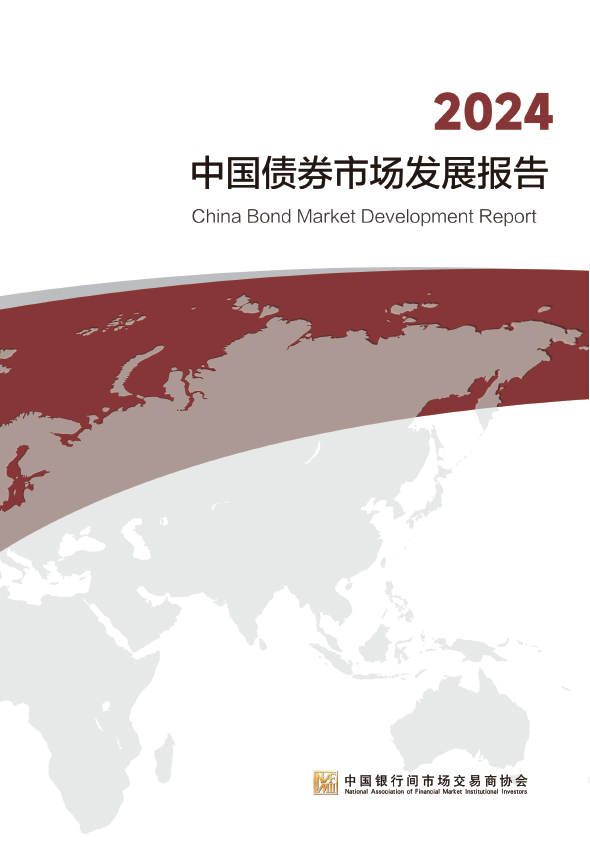


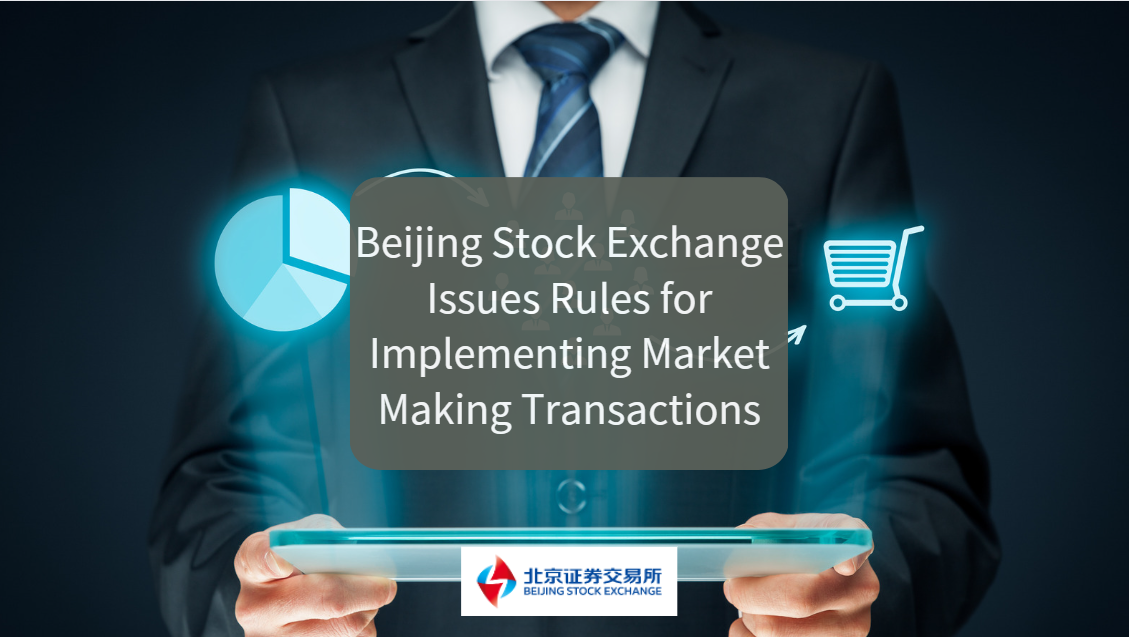


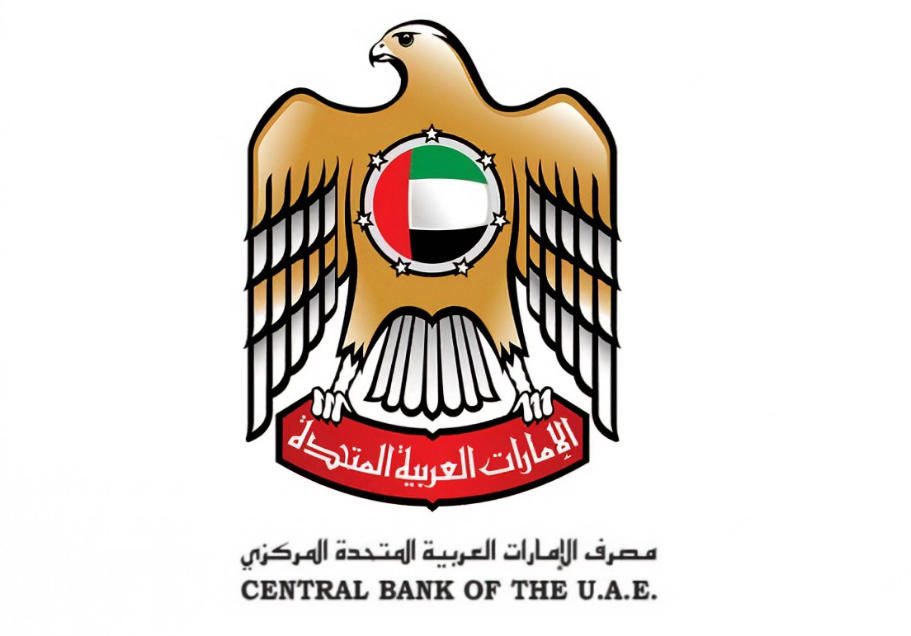




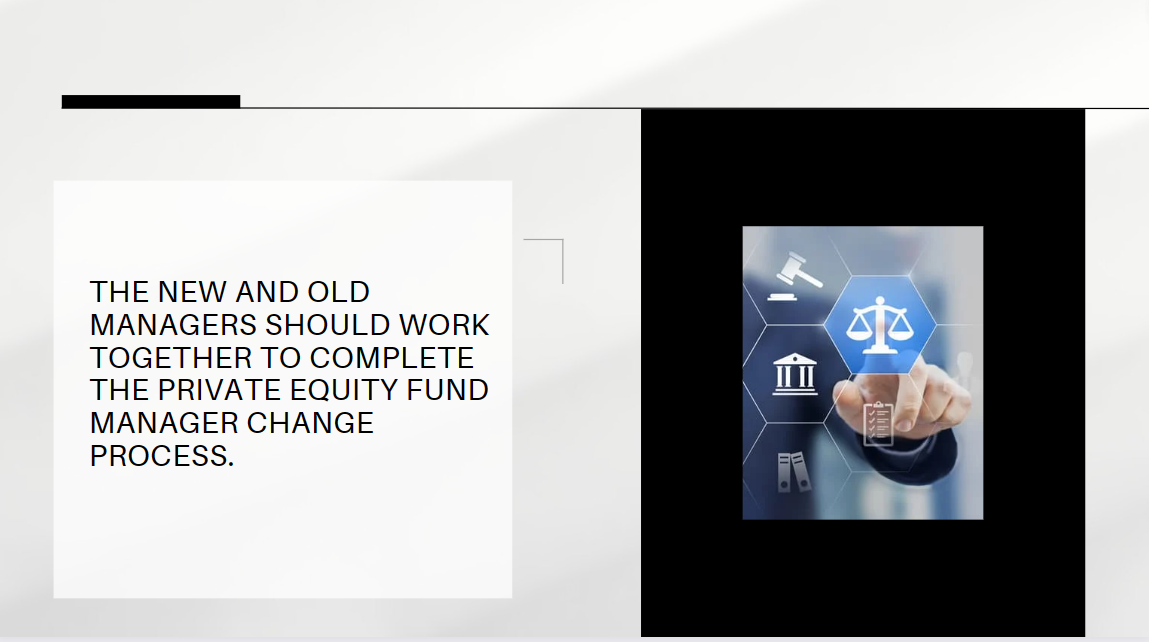

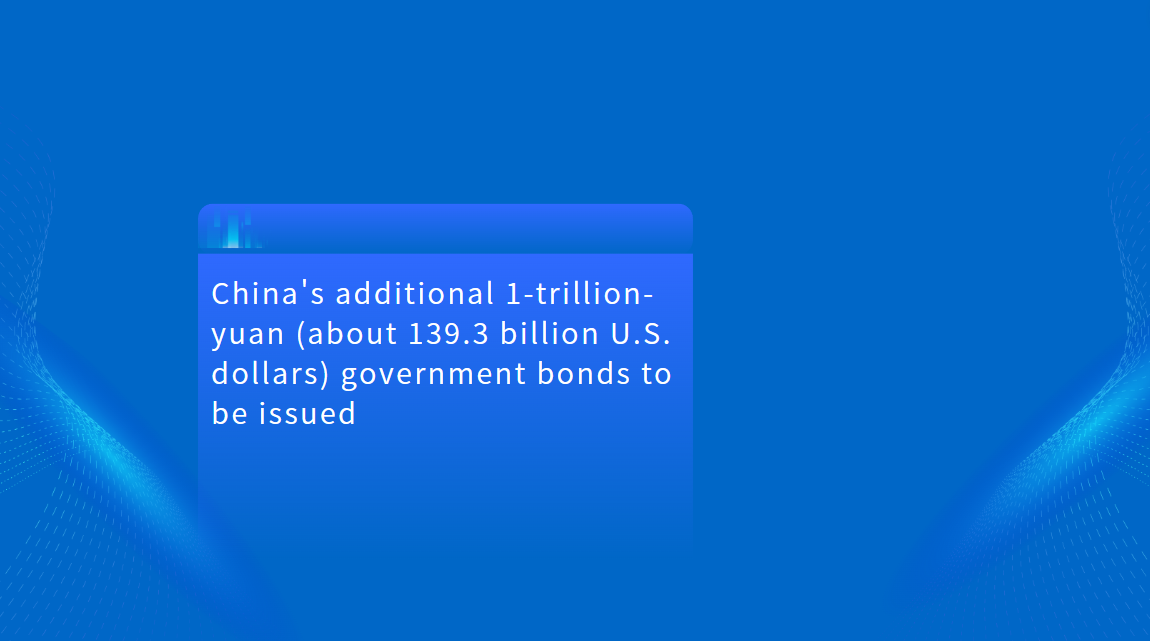





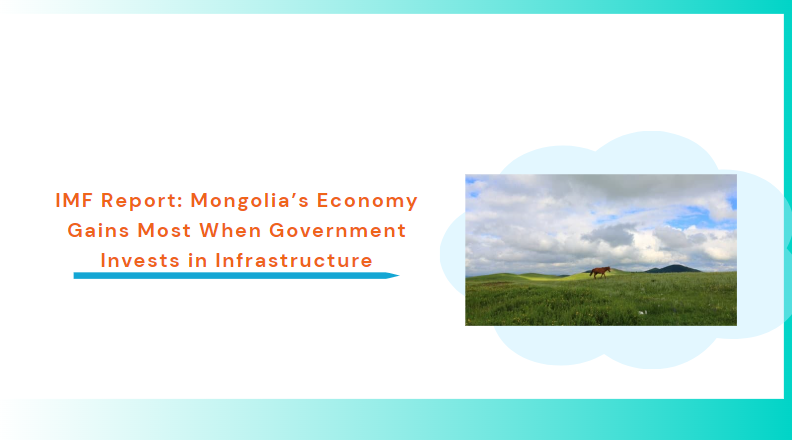


























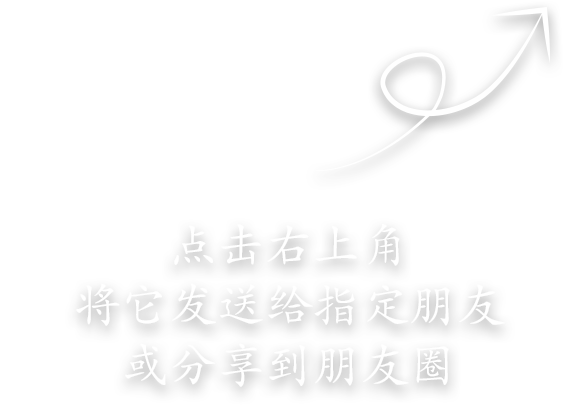
First, please LoginComment After ~